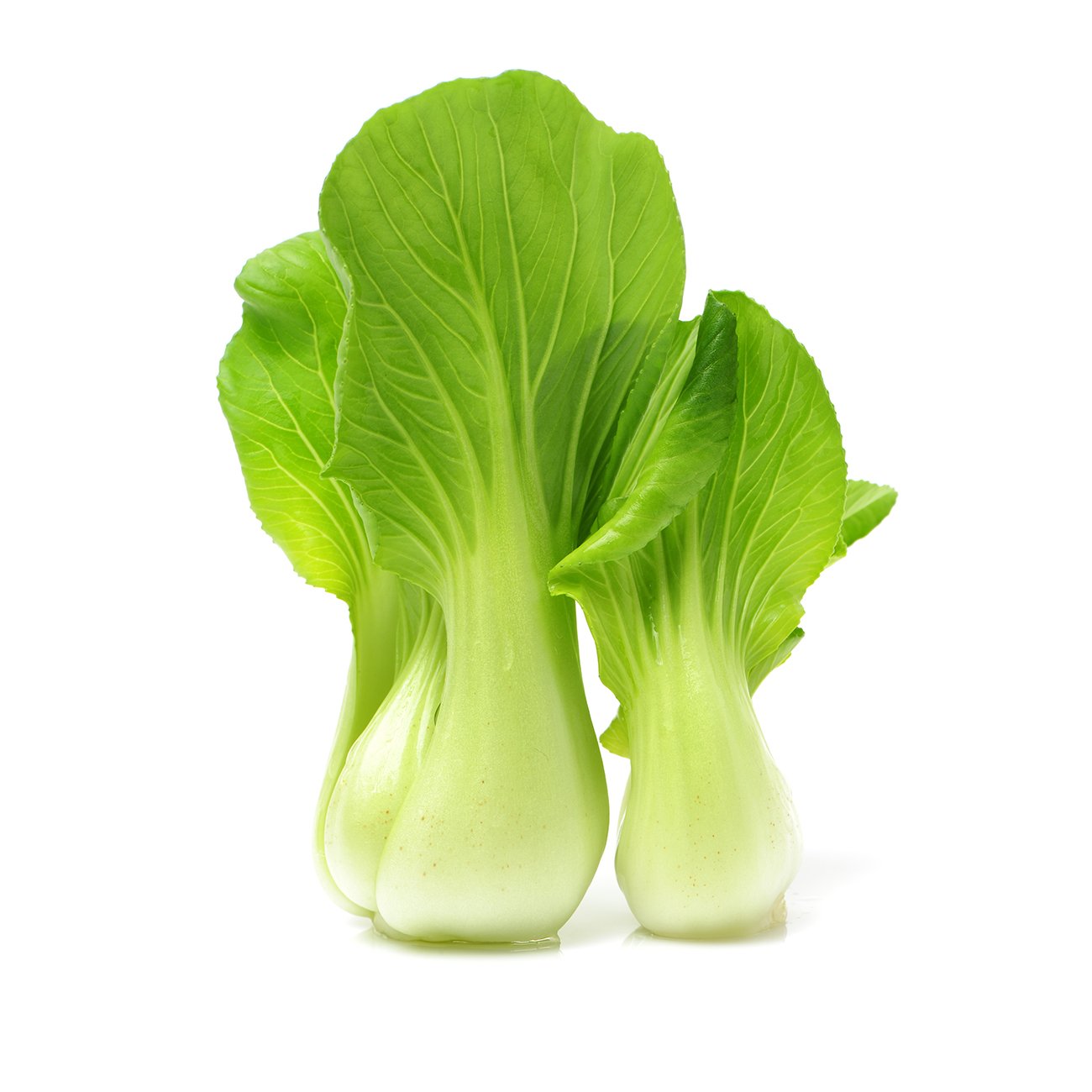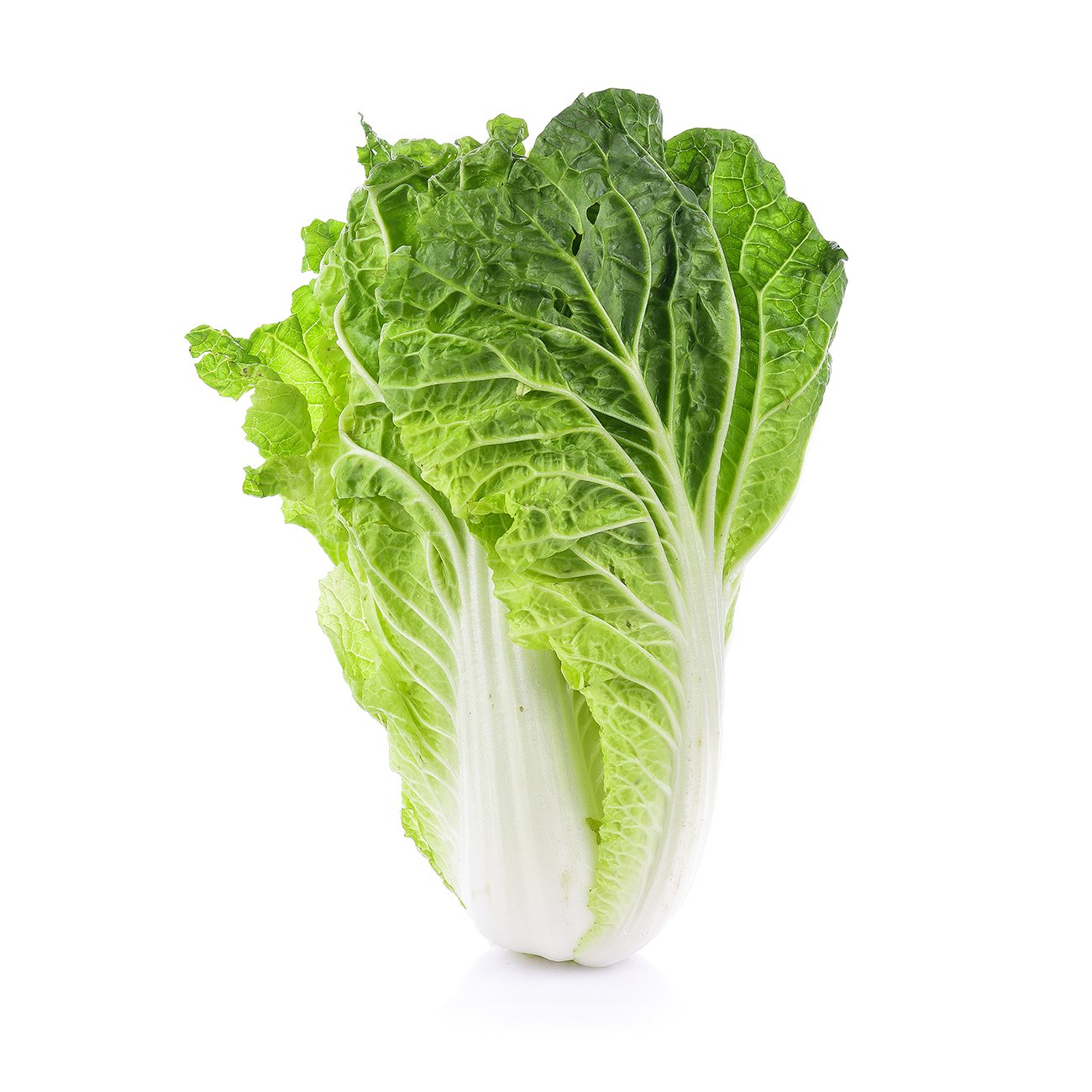Iceberg is sometimes called normal, crisphead or standard lettuce. The heads are firm and tightly packed with a central core or heart. The leaves are crunchy and have a mild flavour. The outer leaves are a darker green than the central pale leaves. The crispness of iceberg lends the leaves to being used as an edible scoop for dips or as a base/plate for salads.
-
Harvesting
A compact head that can be compressed with moderate hand pressure is considered ideal maturity. A very loose head is immature and a very firm or hard head is overmature. Heads that are immature and mature have much better flavour than over-mature heads and also have fewer postharvest problems. After trimming outer wrapper leaves, the leaves should be light green colour, crisp and turgid.Postharvest storage temperature
The optimum storage is 0°C. A shelf life of 21–28 days can be expected at this temperature and >95% relative humidity. Storage of overmature heads at high temperatures increases pink rib disorder. Freeze damage can occur in the field and cause separation of the epidermis from the leaf, weakening the leaf and causing more rapid bacterial decay. During storage, freeze damage can occur if the lettuce is stored at <-0.2°c. this appears as darkened translucent or water-soaked areas that will turn slimy and deteriorate rapidly after thawing.Controlled atmosphere storage
Some benefit to shelf life can be obtained with low O2 atmospheres (1–3%) at temperatures of 0–5°C. Low O2 atmospheres will reduce respiration rates and reduce the detrimental effects of ethylene. Intact heads are not benefited by high CO2 and injury may occur with >2% CO2 (brown stain). Lettuce cut for salad products is commonly packaged in low O2 (<1%) and high CO2 (10%) atmospheres because these conditions control browning on the cut surfaces. On salad pieces, cut surface browning occurs more rapidly and more extensively than symptoms of brown stain caused by CO2.Ethylene sensitivity
Iceberg lettuce is extremely sensitive to ethylene. Russet spotting is the most common symptom. Ethylene contamination may occur from propane forklifts, transport in mixed loads, or storage with ethylene-generating fruits such as apples, pears and peaches.Humidity storage
Store at >95% relative humidity.Disease & infection
Bacterial soft rots are caused by numerous bacteria species and result in a slimy breakdown of the infected tissue. Trimming outer leaves, rapid cooling and low temperature storage reduce development of bacterial soft-rots. Breakage of the midribs often occurs during field packing and causes increased susceptibility to decay. Fungal pathogens may also lead to a watery breakdown of lettuce (watery soft rot or grey mould rot) but are distinguished from bacterial soft rots by the development of black and gray spores. Trimming and low temperatures also reduce the severity of these rots. -
Remove outer before use. Keep in vegetable drawer of fridge.

You might also like
Veggy tip
Iceberg is versatile: perfect for burgers, sandwiches, and in deconstructed and regular salads. You can also dress it simply with olive oil and lemon juice.



